The Division is one good looking game. On consoles, it pushes the systems to their limits to render beautiful visuals and a smooth gameplay experience. On PC, however, it’s in a league of its own. If you’ve got the rig that can crank all the bars to their highest settings, you’re in for an unparalleled graphical experience. But if you don’t have a computer that rivals your mortgage in cost, you can still experience a smooth and visually rich post-apocalyptic New York. Here are some comparisons between all the settings, ranging from the lowest to the absolute highest currently possible.
The Division manages to maintain a fantastic base quality, even with all the switches down. All images were taken at 1080p, so the big focus here is distance rendering quality. As the settings go up, the buildings in the background become more and more clear.
This is most obvious in the shorter cubed building on the left. On Low, there are few details beyond the windows. On Medium, the building’s ridges begin to show. On High, they protrude off the walls clearly. Finally, on Ultra you can not only see them, but also the roof access door, which now even has enough lighting attention to show shadows.
Another point of detail is the rail near the left of the shots. From Low-Ultra it can be seen rounding out. What starts as a hexagonal texture is melded into a buttery smooth piece of steel. Overall, the lower end settings aren’t bad. The distant textures are lacking significant detail or lighting effects but they certainly aren’t an eye sore. Now let’s take a look at the effect on reflections.
The star here is the local reflection quality on the street. Light bounces off the thin layer of reflective water in varying degrees here.
The Low setting shows little more than shapes and some rudimentary shading. It indicates that there is a reflective surface on the street without getting into any sort of sharp detail, as to save your system the trouble of rendering a whole other image basically.
As you go up you can see more and more detail in the reflections, right up to the point where on Ultra, that JTF soldier on the ground is fully mirrored in the water rather than appearing as a smudge of blue and green as in the first image. Nifty indeed.
Moving in for a closer look, it is clear that as the settings get higher, the payoff becomes much more obvious. Observe our old friend’s vest. The white stripes get more defined as you move up.
Then there are the distant buildings again. The center building’s windows get more attention with every move up in quality. Looking at the Low-Ultra makes this difference painfully obvious.
There’s also the local reflection to observe again, clearly improving shot-to-shot. The real beauty is in that front left tire of the Police cruiser. The tire tread detail in the last image is to die for.
This set is easiest set to spot the stark differences in; here the Low setting is a smudged mess with the background textures blotched out for the sake of performance. Medium does a decent job setting a standard, but High really shines with the sunset timed to highlight the reflection quality, the volumetric fog and the overall crispness here.
Unfortunately, the Ultra shot could not be timed as well, but it does offer the chance to really see what the distant textures should look like, with images so sharp they feel like they’re going to pop out at you. Seeing the world on Ultra during dawn and dusk is a graphical privilege with few contenders.
Here, the primary subject is the lamp post with Christmas lights on it. Moving through the settings, you can see the bulbs round off to a smoothness befitting them. The bills and posters on the fence are also upgraded from muddy squares hardly separable from one another to distinct images by the end.
The smoke progressively allows more and more light to pass through, shifting from an opaque blob to a believable smoky fog that interacts with light as it should. Once again, AA and distance rendering along side local reflection show the same gradual improvements.
Tweaking the graphics to Ultra will greatly enhance firefights and action sequences, as the improved smoke and lighting effects are pushed to their peak. Fighting in the New York Subways with grenades and muzzle flashes abruptly flashing on the walls and steel is jaw dropping as well. The local reflections also play a key role in bringing the action to life, reacting within split seconds to dynamically adapt the light in natural ways.
Considering all of this, it’s a real shame the game didn’t end up meeting the standards set by the earliest of demo footage shown, where dynamic snow and player-environment interaction was much more impressive. Nonetheless, there is no denying the game is optimized to a sparkling shine. It’s a very commendable achievement by the development team.
The Division takes the best possible approach to PC graphics settings, allowing every user a chance to experience a rich world no matter their budget. It also allows the big spenders and enthusiasts a chance to enjoy the spoils of their efforts with a graphical fidelity nearing single player giants like The Witcher 3, an impressive feat considering this is an always online, megaserver-driven MMO shooter.
What are your thoughts on The Division’s graphical quality? Are you disappointed the game didn’t end up looking as good as it did in early previews? Feel free to share your thoughts in the comments below.
Check Out More:
- Watch 30 Minutes of The Division Beta Gameplay Over Here
- Will Destiny Fans Jump Ship for The Division?
- Far Cry Primal Xbox One Pre-Order Comes with a Free Game, Pre-Downloading Open Now
- Legend of Zelda: Ocarina of Time in Unreal Engine 4 Is Mind Blowing
This post was originally authored by Ahmed Khattab.

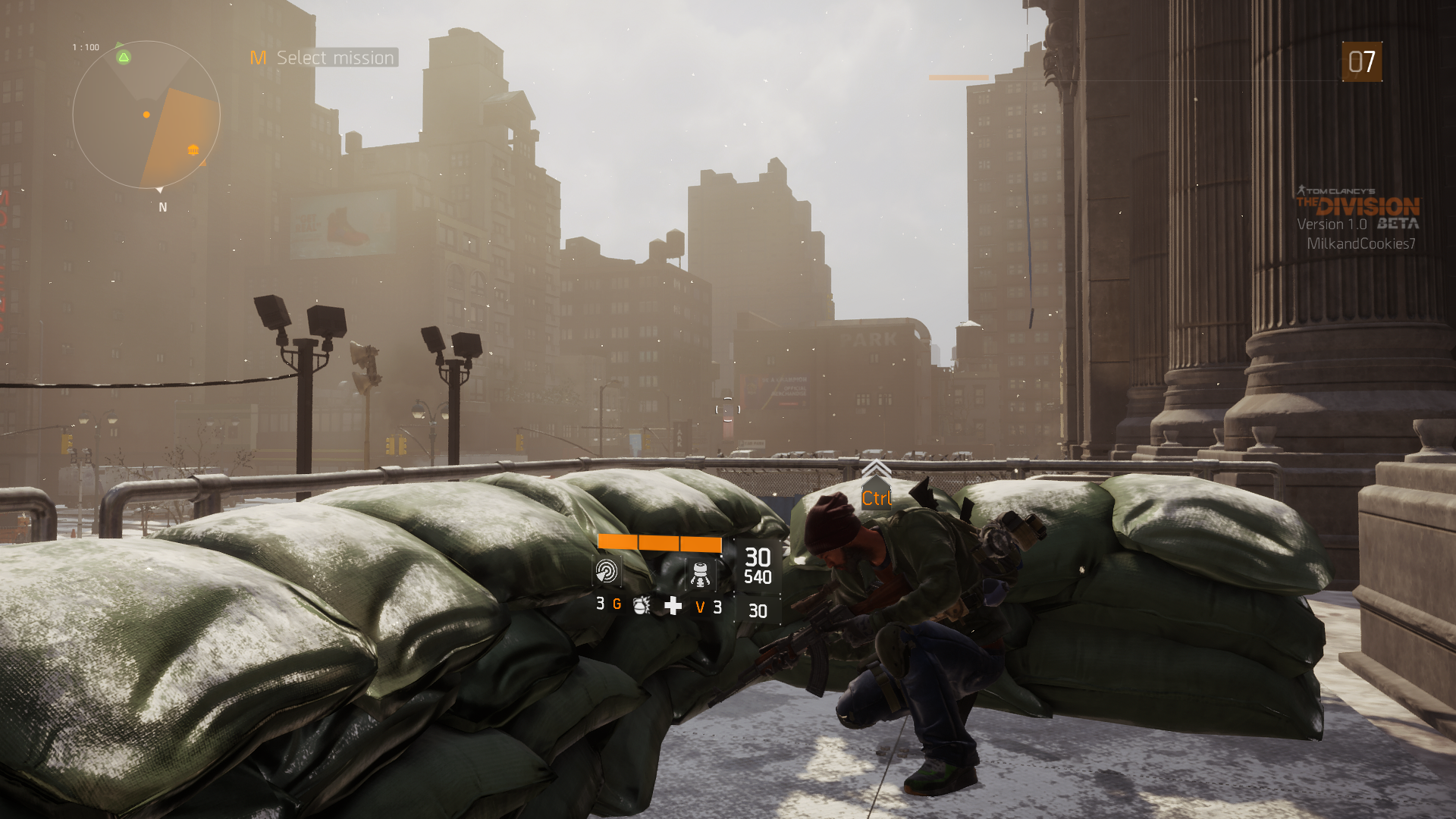
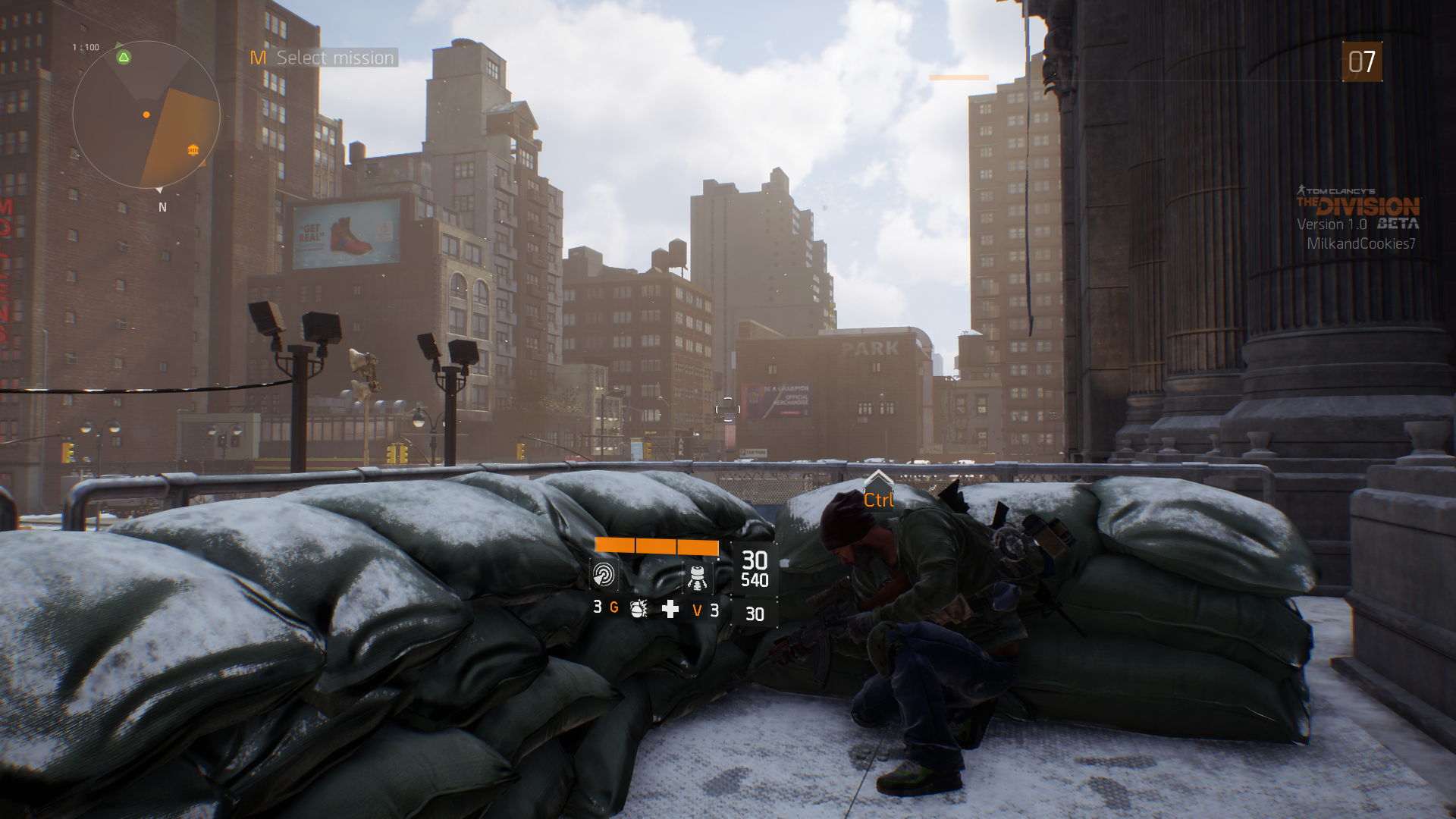
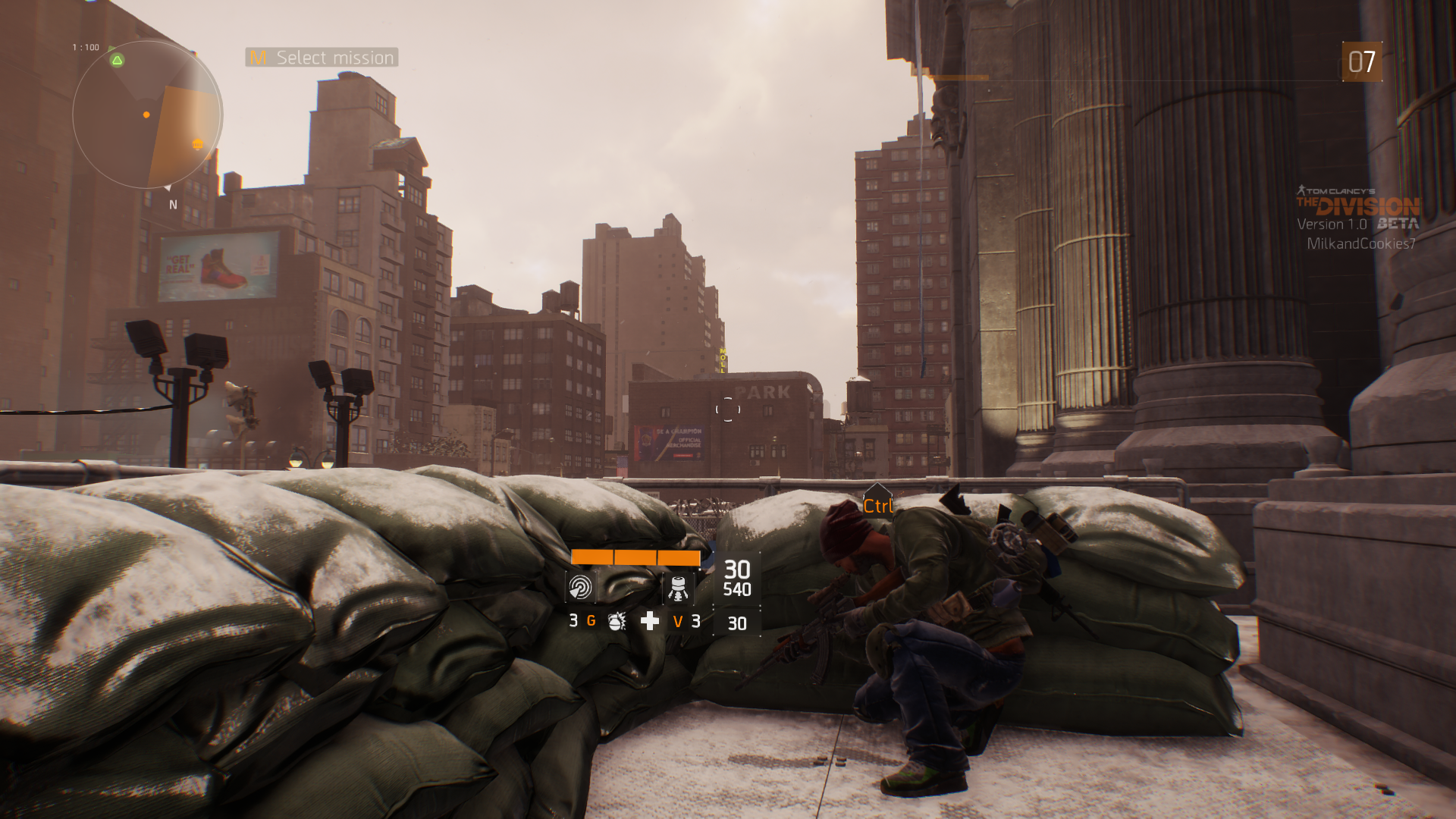
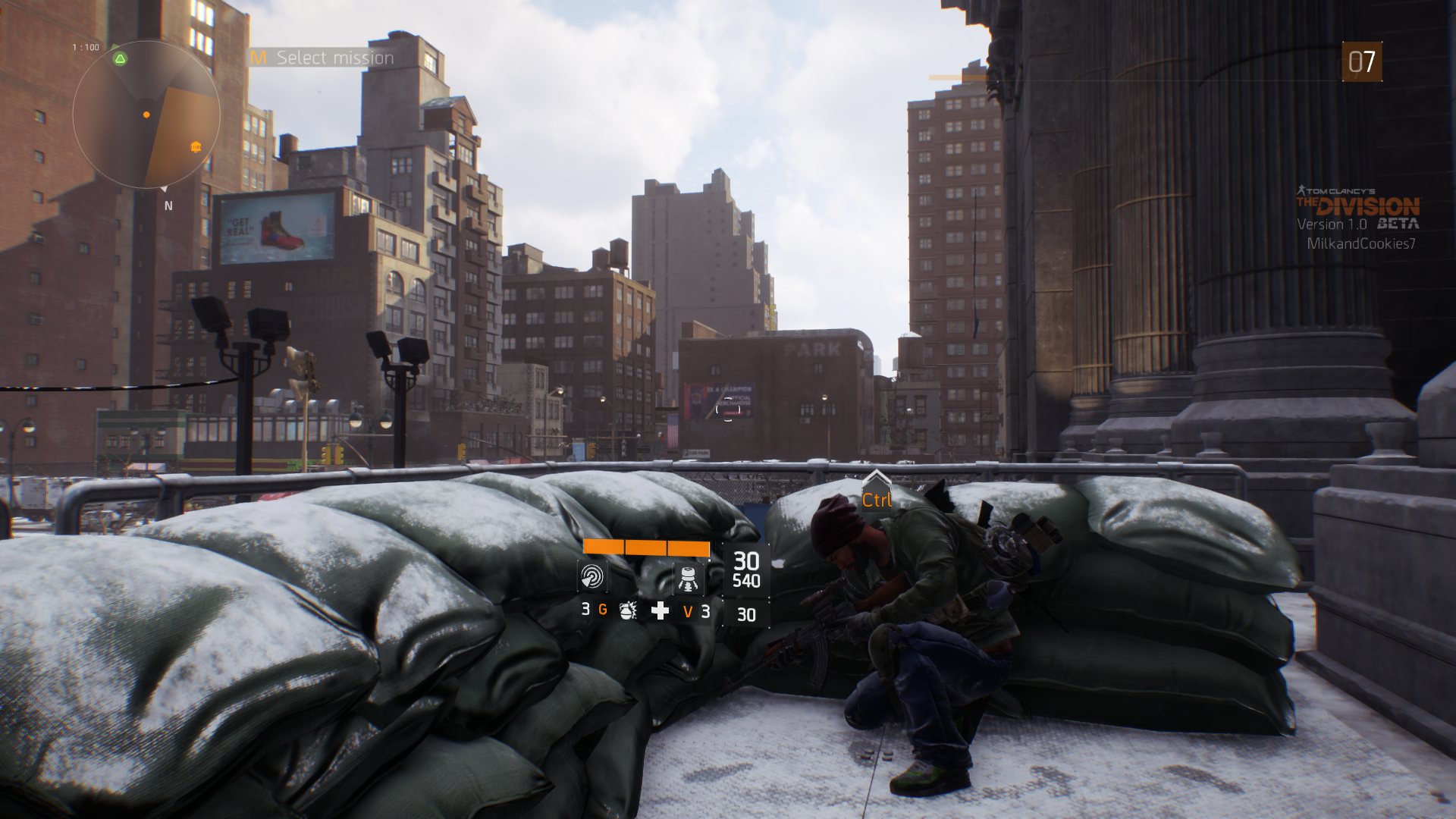
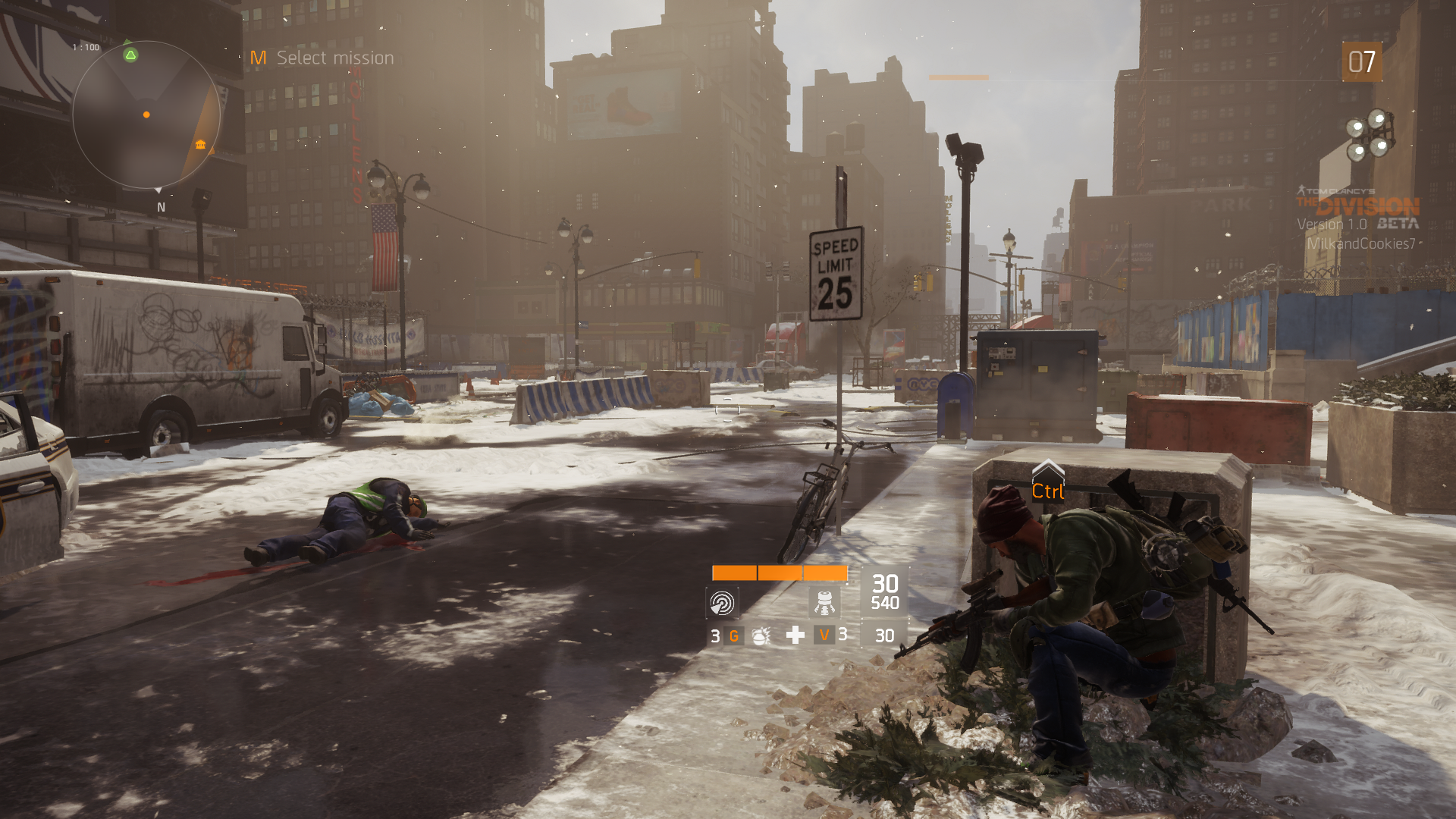
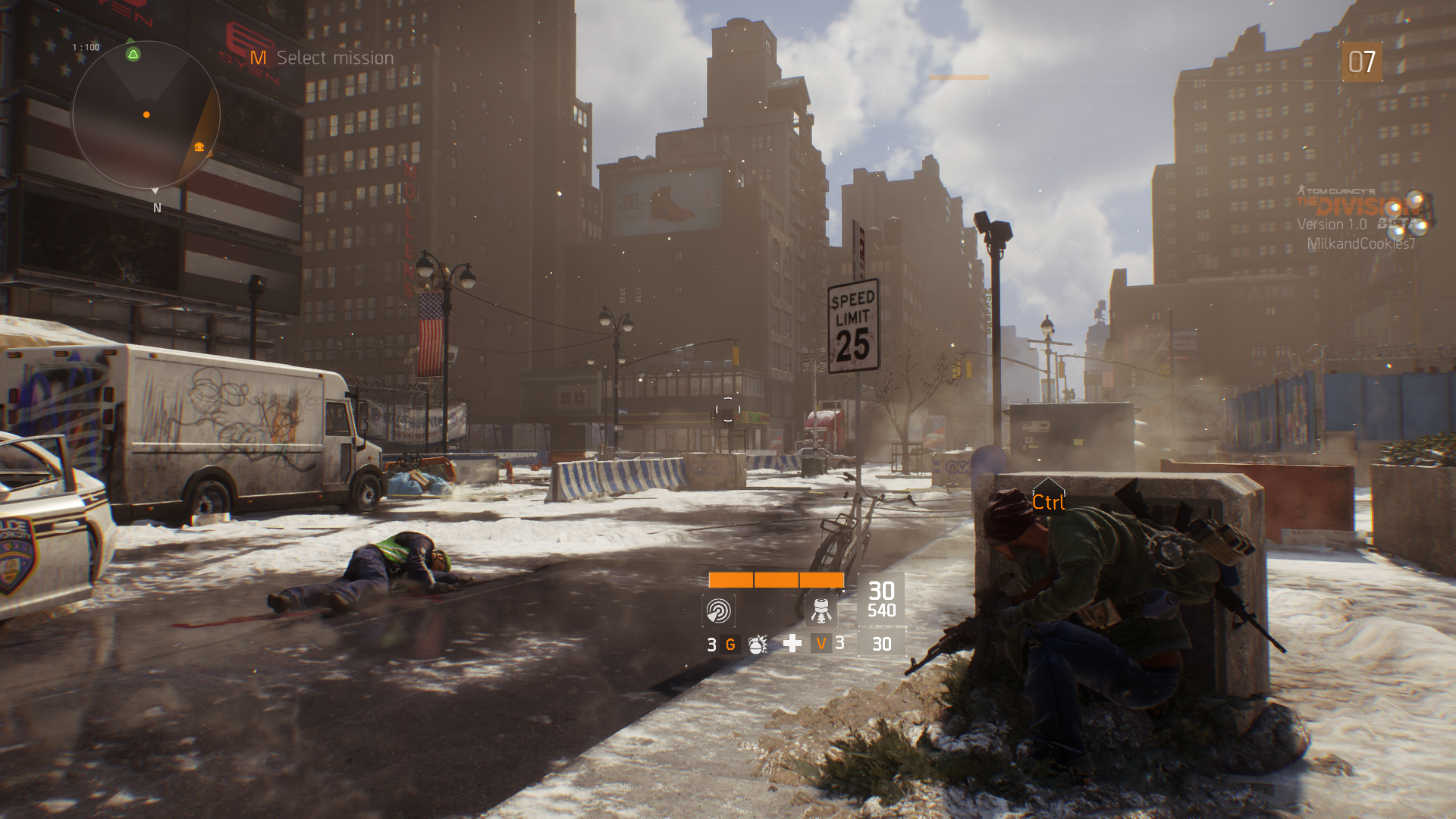
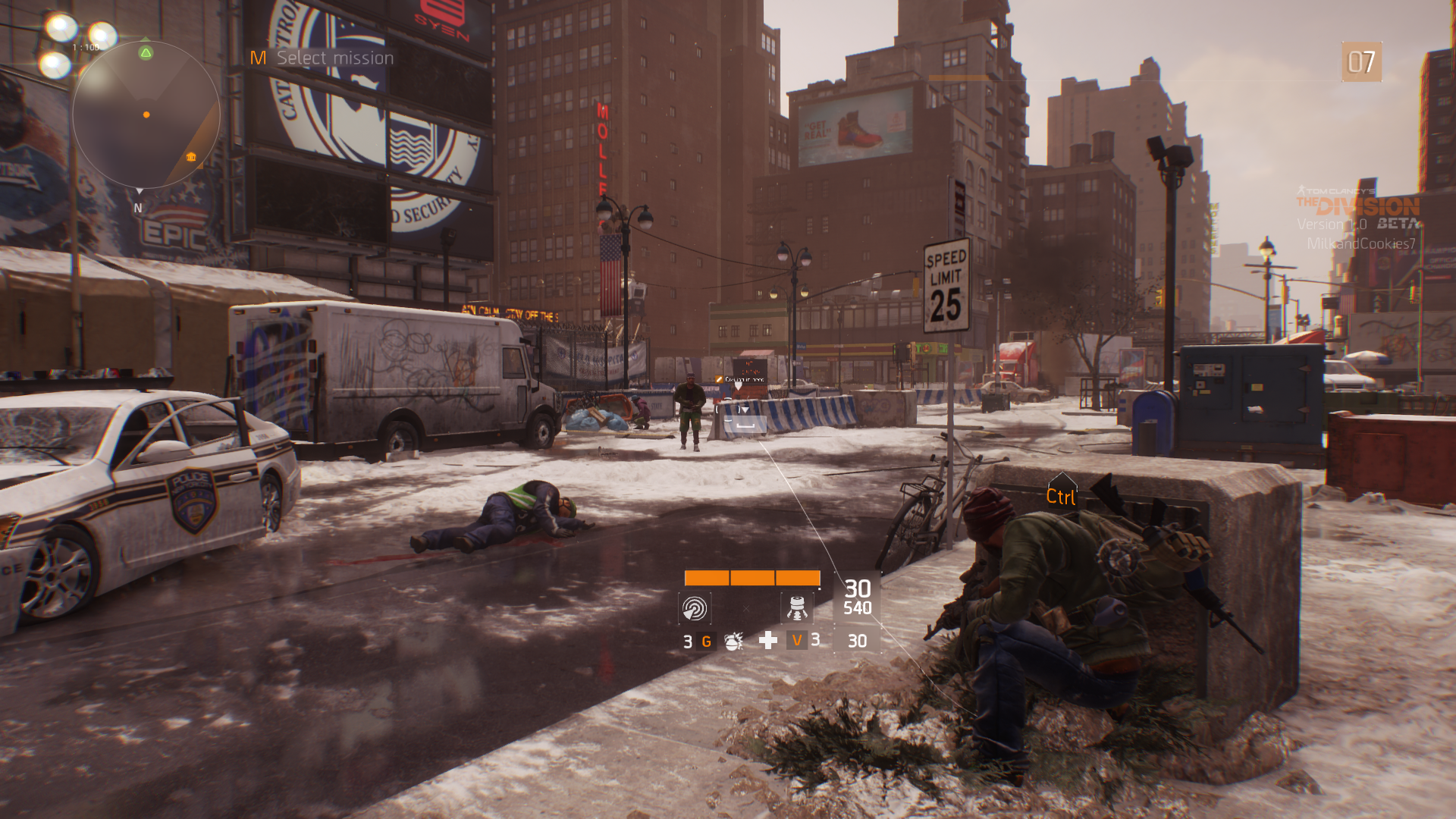
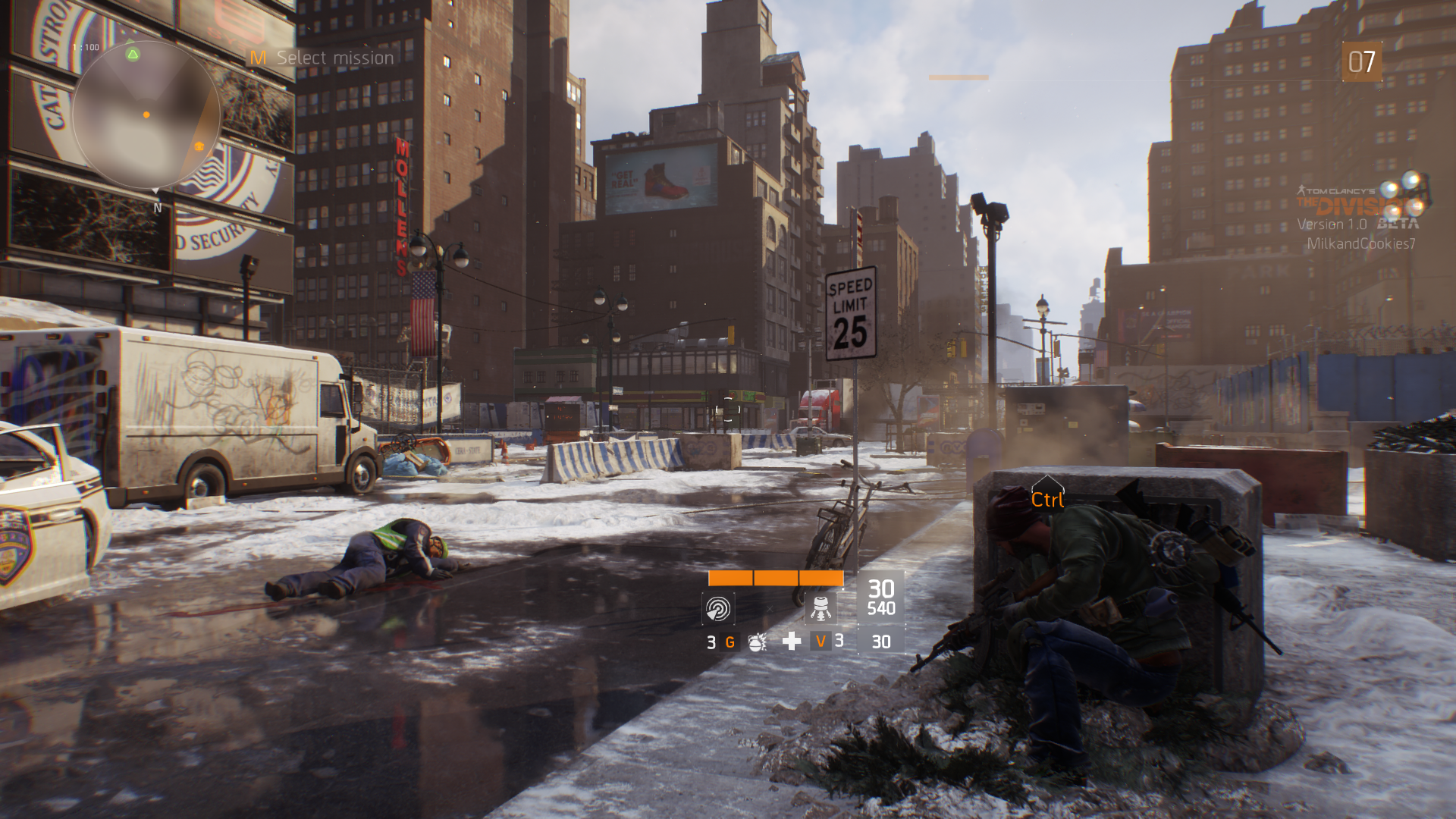
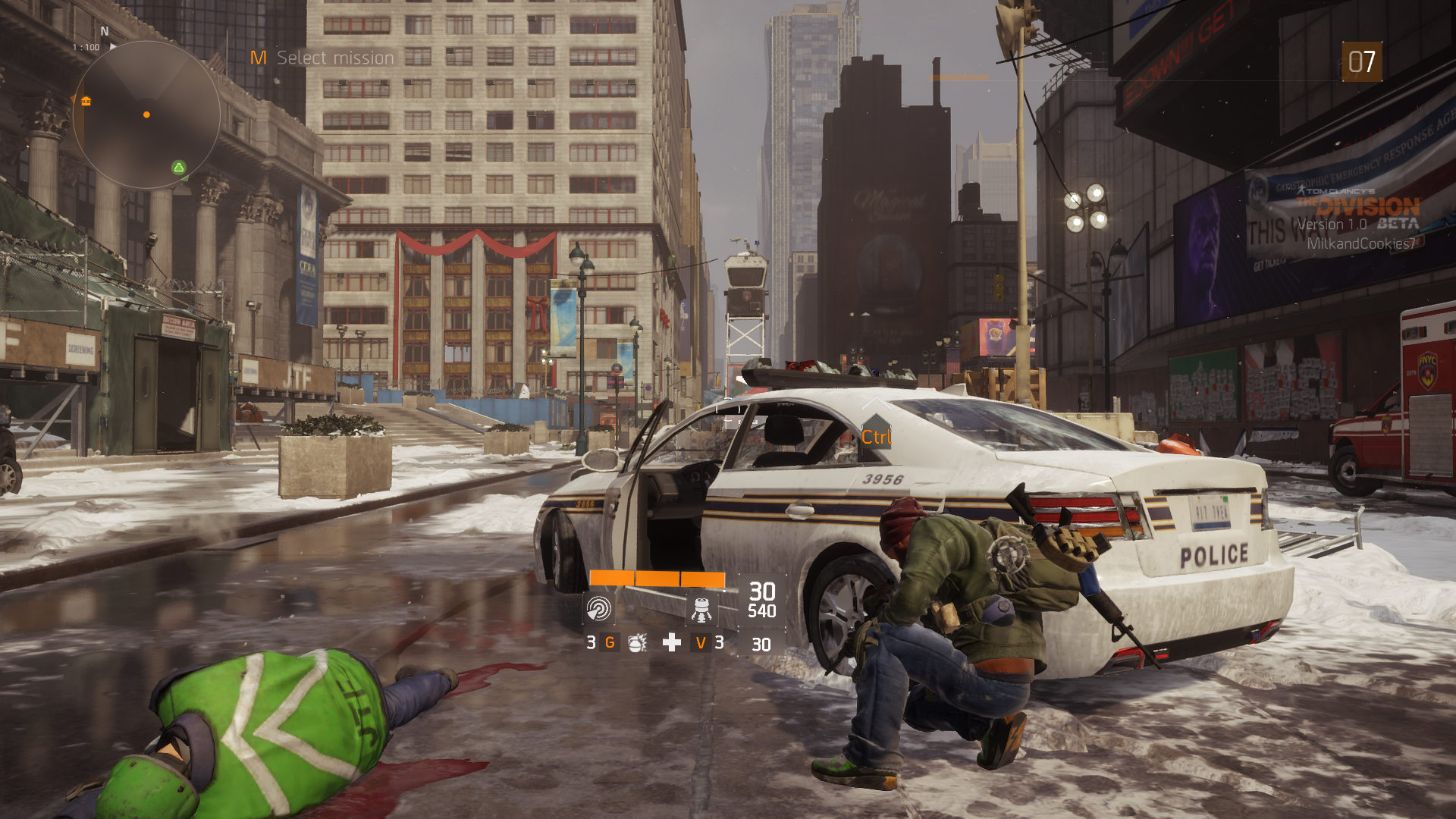
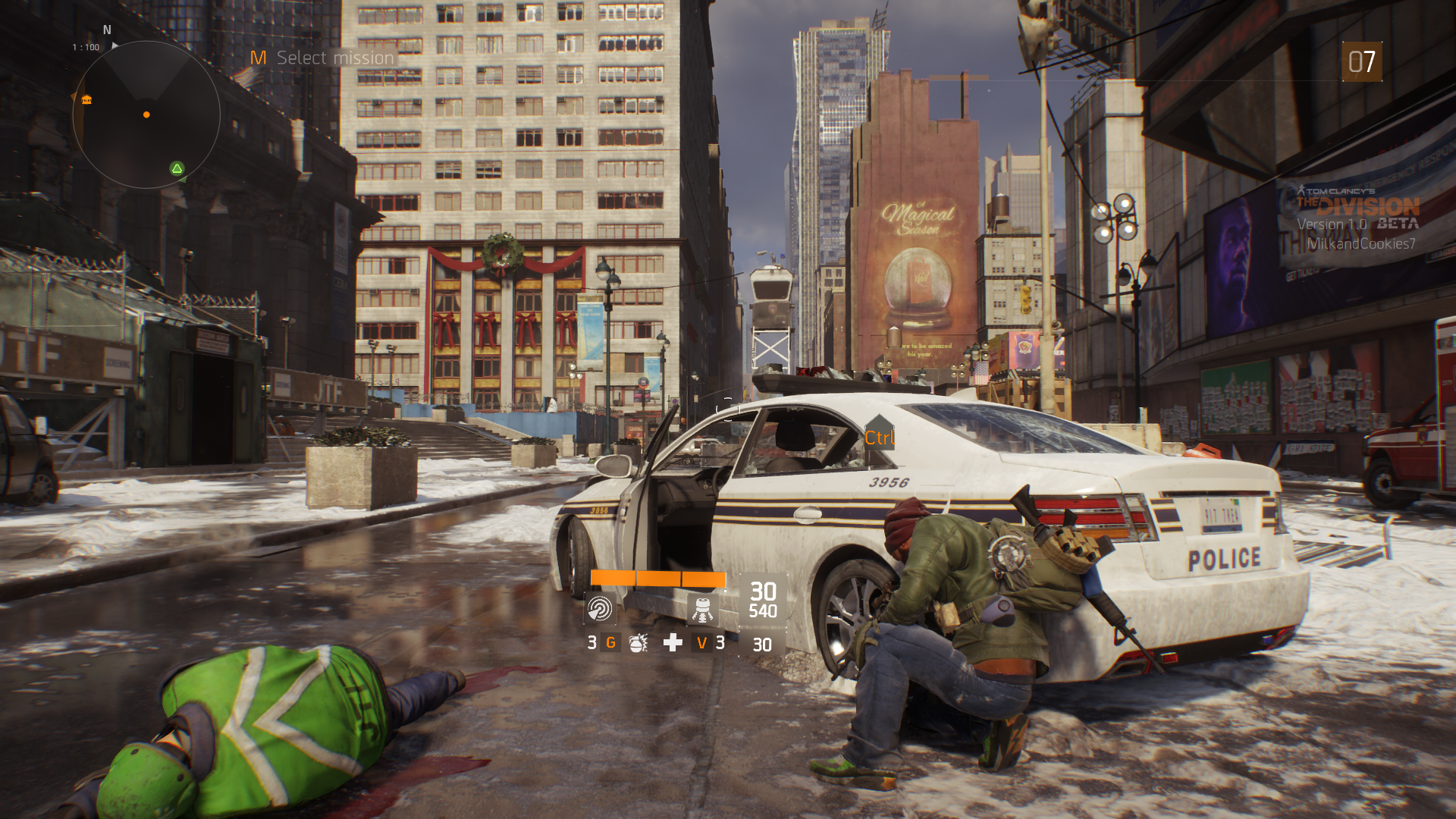
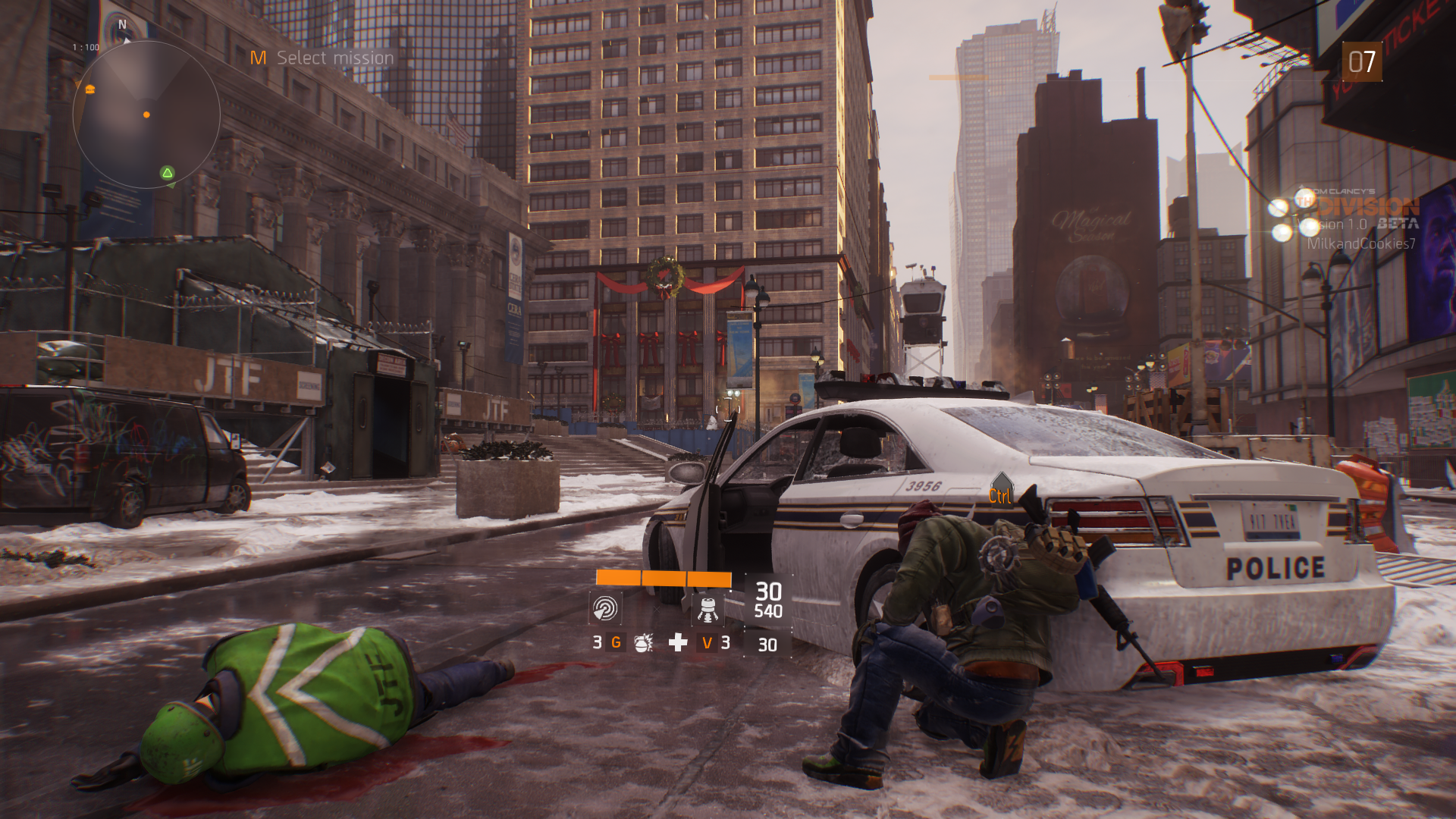
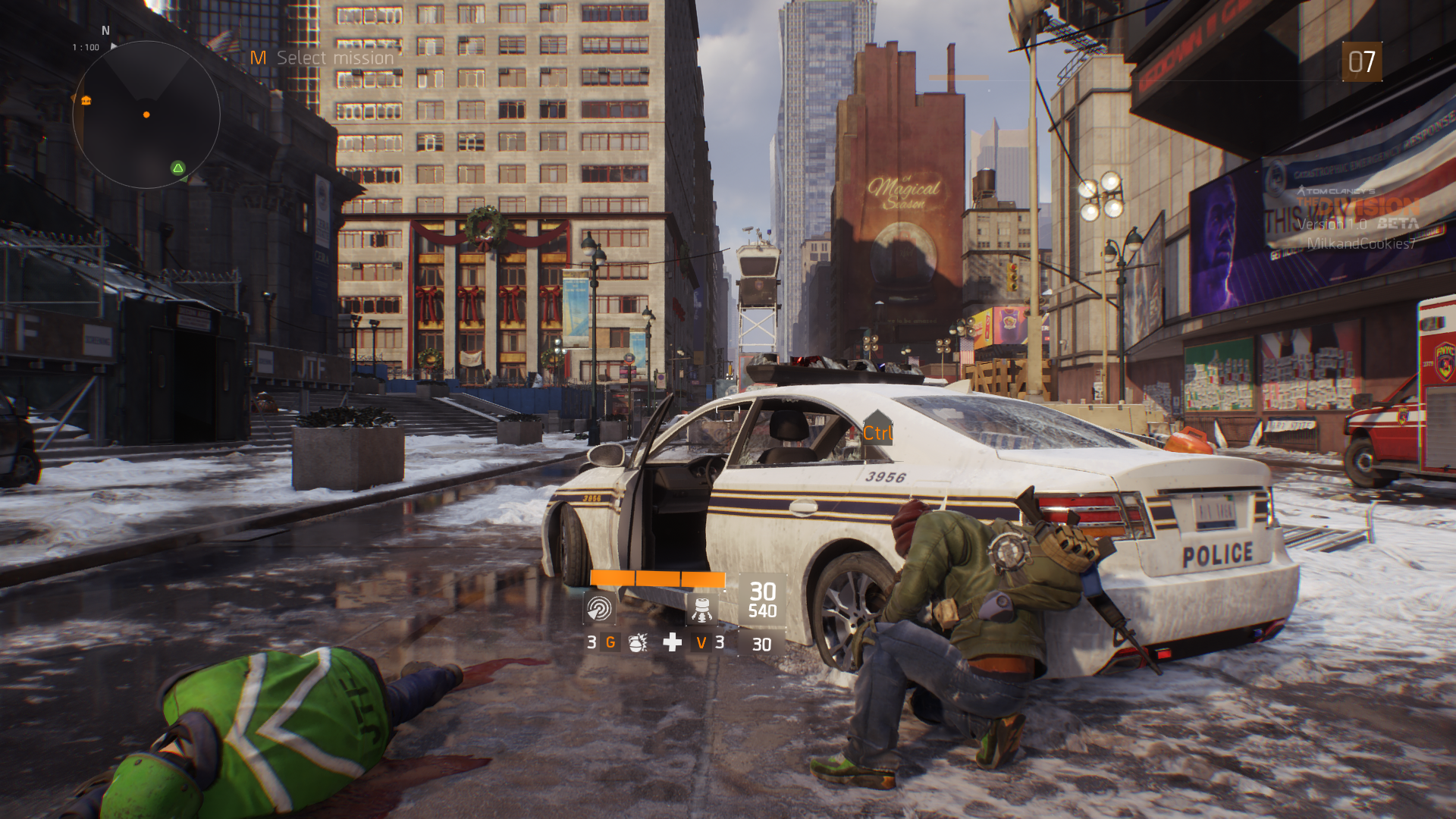










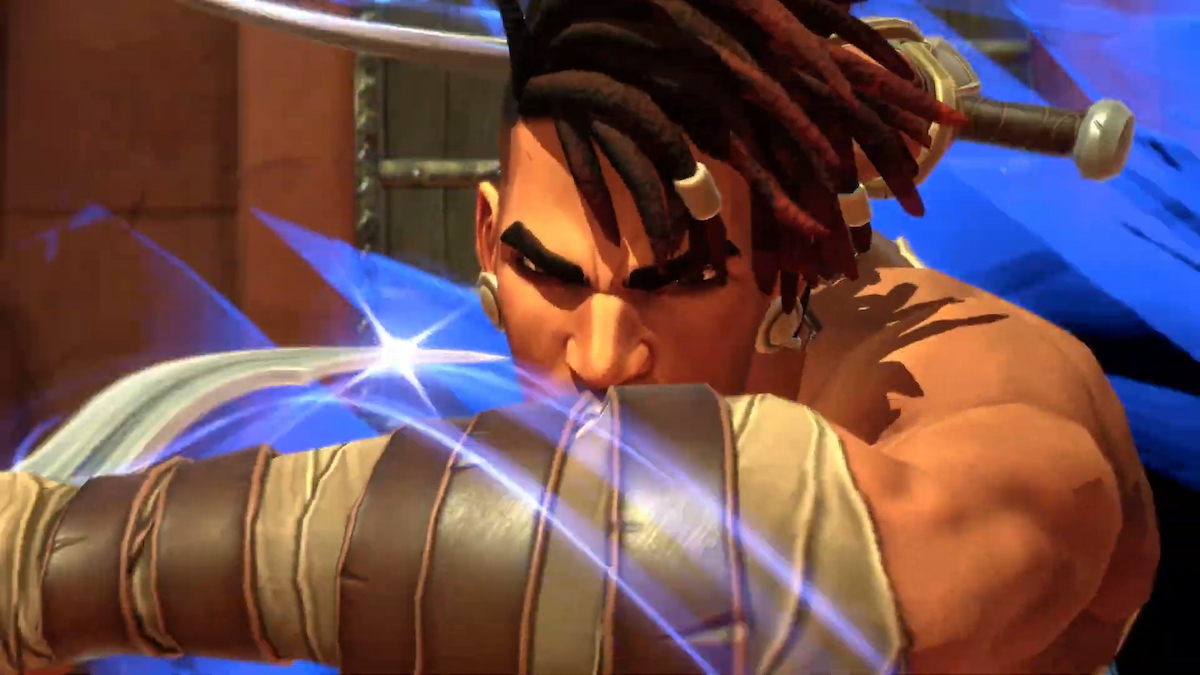
Published: Feb 3, 2016 06:46 pm